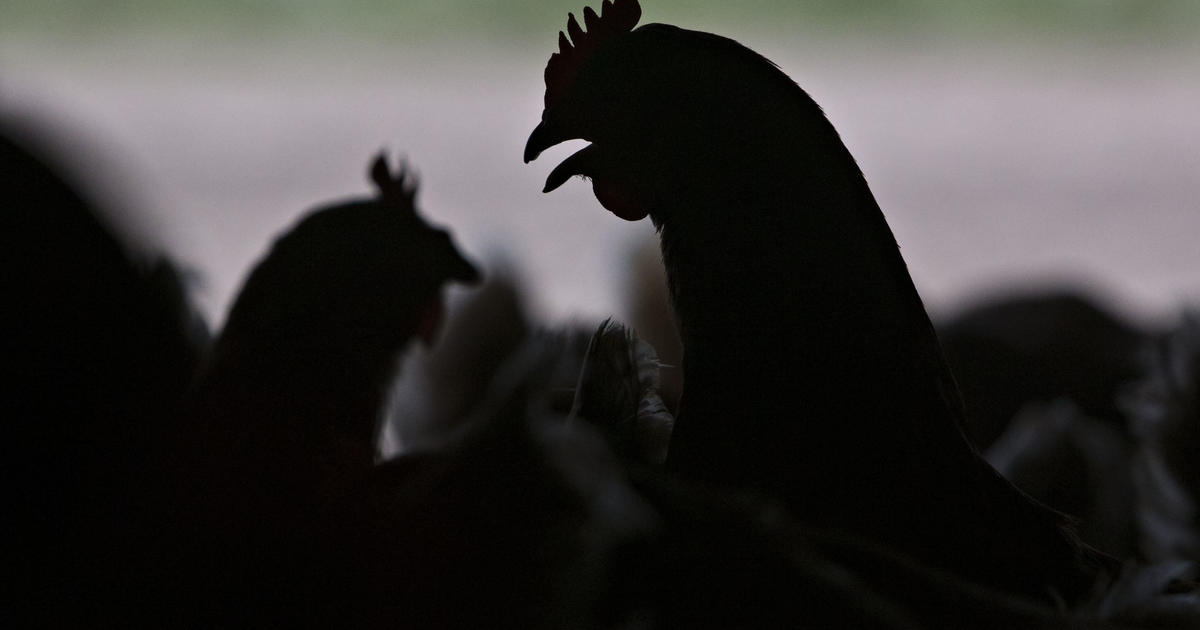Trump's China tariffs hike will cost average U.S. family $831 a year
- Higher U.S. tariffs on Chinese goods are "likely to create large economic distortions and reduce U.S. tariff revenues," according to economists at the New York Federal Reserve.
- The latest round of 25% tariffs on $200 billion in certain Chinese imports will cost U.S. households $106 billion a year, or $831 for the average family, New York Fed researchers found.
- Tens of billions in recent stock-market losses reflect worries that U.S. trade friction with China isn't going away soon.
The latest round of U.S. tariffs on Chinese imports will cost American households $106 billion a year, or $831 for the average family in the U.S., according to economists at the New York Federal Reserve, underscoring the economic toll of the deepening trade dispute.
The growing tally comes as the result of the Trump administration hiking tariffs to 25% from 10% on $200 billion in Chinese goods, which took effect nearly two weeks ago.
"According to our estimates, these higher tariffs are likely to create large economic distortions and reduce U.S. tariff revenues," according to a blog post Thursday by Mary Amiti, assistant vice president at the New York Fed, Stephen Redding of Princeton University and David Weinstein of Columbia University.
The Fed researchers projected the amount of the added tax produced by the tariffs, then they added what they called "deadweight losses," which occur when companies shift to another less efficient country as a source for imports. They offered as an example turning to Vietnam for products that had been obtained from China. "Importers are induced to shift to ever more expensive sources of supply as the tariffs rise," they found.
All told, tax payments from the latest round of tariffs come to about $26.9 billion a year, or $211 for each U.S. household, while deadweight losses came to around $79.1 billion, or $620 per household, the report found. Grand total: $831 per household.
Beyond finding other countries to buy goods currently imported from China, tariffs are paid by domestic companies, which often pass the cost to consumers in the form of higher prices. They can also be absorbed by lower U.S. and Chinese profit margins, as corporations shoulder some or all of the increased costs, or by a stronger U.S. dollar, which would increase the greenback's buying power against other global currencies yet also make U.S. goods more expensive to overseas customers.
Sinking in
The New York fed economists' calculations didn't take into account President Trump's proposed expansion round of 25% tariffs on another $300 billion in Chinese imports of consumer goods -- from clothes and shoes to iPhone components, or basically everything else that remains of goods imported into the U.S. from that country.
That White House proposal has drawn strong opposition from retailers and shoe manufacturers including Nike, Under Armour and Foot Locker, who argue consumers will pay dramatically more for sneakers and other footwear.
As tensions between the U.S. and China escalated this month and each country increased tariffs on the other's imported goods, hopes that a resolution might be in sight waned, with Wall Street on Thursday echoing losses that came in Asian stock markets and the Dow falling more than 400 points in afternoon trade.
"The fact that the trade talks have taken a turn for the worse is really sinking in," Peter Boockvar, chief investment officer at Bleakley Advisory Group, wrote in a client's note. The dispute, Boockvar noted, "is now headed in a direction that no one really imagined."
Ultimately, the costs of the tariffs to the U.S. economy and consumers comes down to how long the trade dispute festers.
Should the current escalation prove short-lived, with talks continuing and the latest 25% hike is in place for a limited time, the impact on what economists call "core personal consumption expenditure inflation" -- a gauge of consumer prices that excludes food and energy -- would be virtually nil, according to analysts at Morgan Stanley.
Should the current tariffs remain in place for an extended period, core PCE inflation would climb one-tenth of a percentage point this year and next, while if talks were to stall and both sides hiked tariffs to 25%, core PCE would climb just over a quarter of a percentage point this year, and again by half that amount in 2020, the Morgan Stanley analysts estimated.
"Note that in the extreme 'no deal' case, the economy deteriorates rapidly and falls into recession, placing considerate lagged downward pressure on inflation, an effect that is not incorporated in these numbers," they said.



